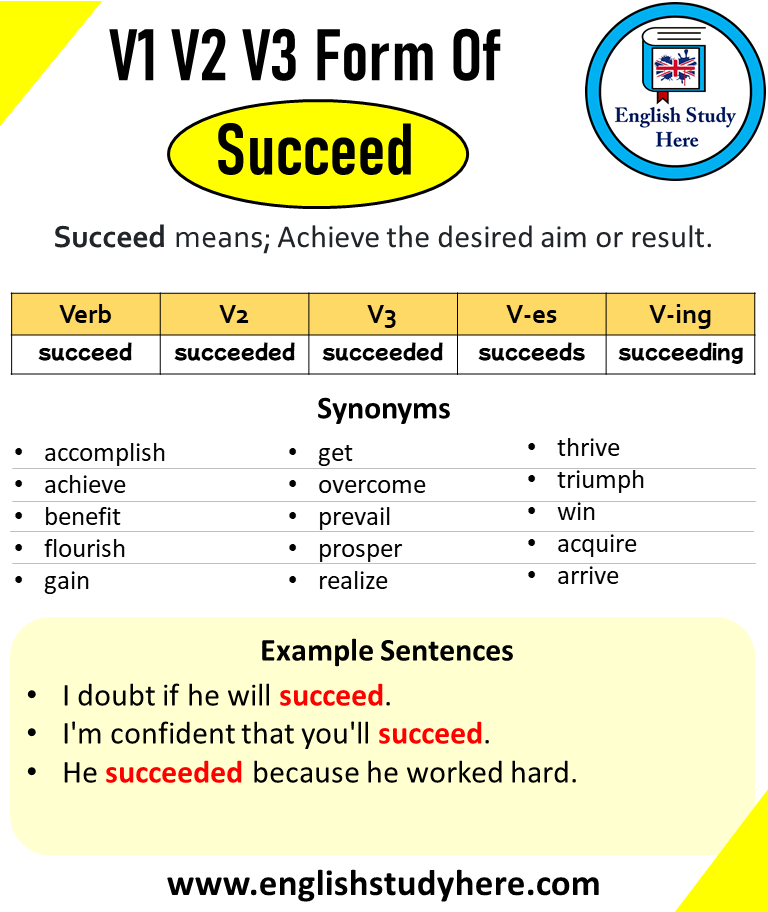Realize Past And Past Participle Form V1 V2 V3 V4 V5 Form of Realize
Are you struggling to master the different forms of the verb “realize”? You’re not alone.
Understanding the various tenses and how to correctly use them can be a bit tricky. But don’t worry—this article is designed to make it simple and straightforward for you. By the time you finish reading, you’ll have a clear grasp of the past and past participle forms of “realize” and how to use them effectively in your writing and conversations.
Imagine how confident you’ll feel knowing you can accurately use V1, V2, V3, V4, and V5 forms of “realize” in any sentence. Let’s dive in and unlock the secrets to mastering these verb forms, ensuring you elevate your language skills to the next level.

Credit: fr.pinterest.com
Realize In Different Tenses
The word realizechanges in different tenses. In the present tense, it is realize. For the past tense, it becomes realized. In the future tense, we use will realize.
In the present continuous tense, it is realizing. For the past continuous tense, use was realizingor were realizing. In future continuous, it is will be realizing.
The present perfect form is have realizedor has realized. In the past perfect tense, it becomes had realized. For the future perfect, use will have realized.
In present perfect continuous, say have been realizingor has been realizing. The past perfect continuous form is had been realizing. For the future perfect continuous, use will have been realizing.
Usage Of Realize In Sentences
Realizemeans to understand something clearly. You might realize a mistake you made. This word helps show awareness. People realize things every day. It’s part of learning. Kids realize they need to finish homework. Parents realize their children grow up fast. Teachers realize which students need help. Realizing is a big part of thinking.
Realize changes in sentences. Its forms are realize, realized, realizing, realizes. “I realize my lunch is missing.” “He realized he forgot his book.” “She is realizing she loves reading.” “The boy realizes he can play later.” These forms help show time and action.
Common Mistakes With Realize Forms
Many people mix up the forms of realize. Knowing the correct forms is important. Let’s explore them:
| Form | Example |
|---|---|
| V1 | realize |
| V2 | realized |
| V3 | realized |
| V4 | realizing |
| V5 | realizes |
Each form has a different use. For actions that happened in the past, use realized. When describing ongoing actions, use realizing. These forms help make sentences clear.
Sometimes, people use realizeinstead of realizedfor past actions. This makes sentences confusing. It’s also easy to forget adding -ingfor ongoing actions. These mistakes change the meaning.

Credit: englishstudyhere.com

Credit: englishgrammarhere.com
Conclusion
Understanding verb forms can simplify English learning. Mastering realize in its different forms helps with fluency. Practice using realize’s past and participle forms in sentences. This enhances your grasp of English grammar. Remember, regular practice is key to improvement. Each verb form serves a unique purpose in communication.
Keep exploring verbs to enrich your language skills. Through consistent use, English becomes more accessible. Dive into learning with enthusiasm and patience. Enjoy the journey of mastering new words.






